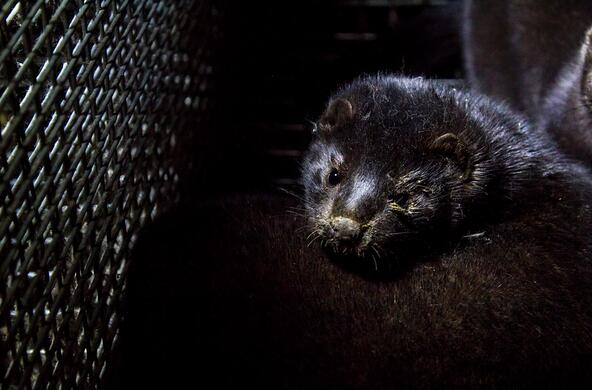Between 1346 and 1353 the Black Death killed over a third of Europe's population. It took 150 years for the continent to recover. The disease was so devastating that it changed the social order, as a scarcity of labour led to higher wages for the survivors, hastening the demise of feudalism.
The plague was caused by a bacterium, Yersinia pestis, which lives inside fleas. Those fleas, in turn, live mostly on black rats. It was thus a zoonotic disease: one that is usually carried by animals, but which infects people when given the chance. Since human beings have little evolutionary experience with such diseases, and thus little resistance to them, they can be particularly dangerous. Ebola fever is a zoonosis. So, as their names suggest, are the swine- and bird-flu strains that keep epidemiologists awake at night. Some researchers believe the flu pandemic of 1918, which killed more people than the first world war, also got started in animals.
Trying to work out which animals carry diseases that might infect humans is therefore an important job. It is also a tricky one. There are lots of animal species, a lot of unpleasant viruses and bacteria, and not enough zoologists and doctors to sort through them all. But Barbara Han of the Cary Institute of Ecosystem Studies, in New York, and her colleagues, think they have a way to help with this labour shortage. They propose to apply artificial intelligence (AI) to the problem.
As they describe in a paper just published in the Proceedings of the National Academy of Sciences, they have applied a form of AI called machine learning to the search for disease-carrying species. Machine learning lets computers study large sets of data and identify patterns and organising principles. It is a hot topic among the world's big technology firms, such as Google and Amazon, who have plenty of data to make sense of. Dr Han and her colleagues set their computers the task of looking at rodents, and searching for rules that describe which ones are likely to harbour potentially zoonotic pathogens.
Zoologists recognise more than 2,200 species of rodent. Of these, 217 are known to harbour pathogens (ranging from viruses and bacteria to protozoa and worms) that have an appetite for humans. At least 79 carry more than one such pathogen.
Dr Han and her colleagues used 86 criteria to characterise rodent species, including how fast they breed, the types of habitat they live in and the specifics of their physiology. (Those data, she points out, were painstakingly collected, by hand, by generations of zoologists on field trips—a retort to the question of why scientists should spend taxpayers' money investigating the reproductive history of some obscure animal or other.) They also classified rodent-borne bugs in a similar way. They then fed this smorgasbord of data, far more than any human being could hope to process, into their computers, and told the machines to look for combinations of traits that predict whether a particular species is likely to harbour something that can cause human disease.
They duly found some. Once trained, the computers could predict known disease-carrying rodents with better than 90% accuracy. Such species, the machines said, tend to have speedy lives, short gestation periods, big litters and early sexual maturity. They also have large ranges, inhabit areas with few other rodent species as neighbours, and (not surprisingly) live near big human populations.
The researchers' next step was to use the model the computers had come up with to make a list of species not known to carry human pathogens, but which might do so. When they did this, they found 150 which fitted the bill. The model also suggested that about 50 species already known to carry at least one human disease were likely to carry others, too.
These conclusions are statistical rather than definitive. They cannot say for sure that any particular species carries diseases which could be transmitted to people. But they do imply that these species would be worth looking at. And Dr Han says that the computers' conclusions fit with fieldwork and evolutionary theory.
Species that live fast and breed rapidly, she says, tend to devote fewer resources to fighting off diseases than their more sedate relatives. Their evolutionary strategy, in other words, is to deal with illnesses by outbreeding them, accepting that a large proportion of individuals will be infected at any given time. This boosts her confidence that the computer models are indeed on to something.
She and her colleagues were also able to pinpoint areas which seem particularly at risk of harbouring disease-carrying rodents. Large swathes of the world probably have at least one such species. But the researchers found hotspots, too, where as many as eight or nine potential threats may be lurking. One was Central Asia, in modern-day Kazakhstan and northern China, which has already been fingered by historians as a likely source of the Black Death.
The other, though, was a surprise. It was the American states of Kansas and Nebraska. Zoologists looking to make a name for themselves—and to help stave off future epidemics—may therefore want to make the prairies the destination of their own obscure-rodent-studying field trips.








